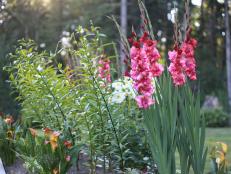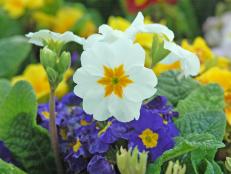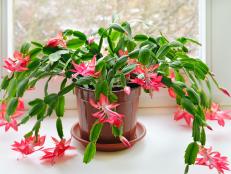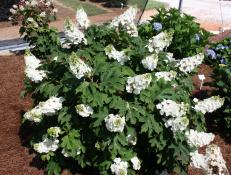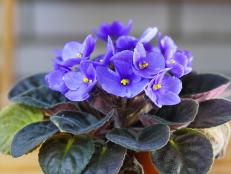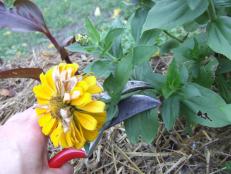How to Store Dahlias for Winter
When the first freeze hits, it's time to tuck away your dahlias until spring returns.
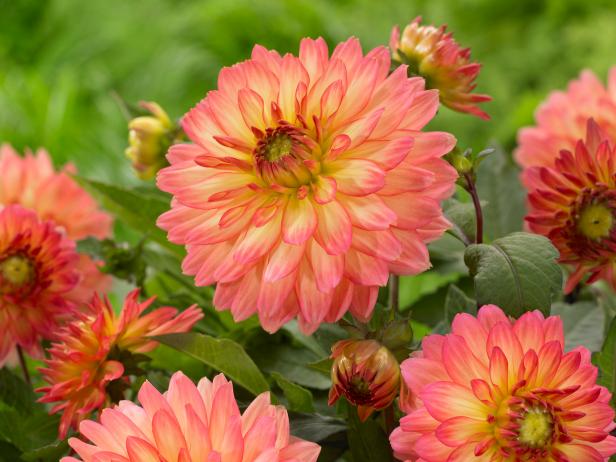
Longfield Gardens

Dahlias are standouts in the summer garden: colorful, easy-to-grow plants that typically rebloom until the first frost.
But these members of the daisy family aren’t indestructible. They’re tender perennials that grow from tubers (although they’re sometimes referred to as bulbs), and although some are hardy to USDA Zone 8, most dahlias need protection in cold-winter regions.
Storing your dahlias is a snap. You’ll just need a few items:
- a garden fork
- shears
- a paper bag or cardboard box
- coarse sand, peat moss, or vermiculite.
When to Dig Up Dahlias
Be ready to lift, or remove your dahlias from the ground, around the time of the first hard frost, or when the foliage turns black. In some parts of the country, this will be around the end of October or early November. Don’t lift your dahlias too soon; the tubers need to “ripen” or they may not survive in storage. Ease your garden fork into the soil and loosen it, working it back and forth, until the tubers are gently eased out of the ground.

iBulb.org
A tuber lacks a papery protective covering and has buds on the surface known as eyes. With root tubers like dahlias, the eyes or buds are at the stem base, where it joins the root tuber. Stems and flowers develop from these eyes. As long as you have a tuber with an eye, you can grow an entire plant. The eyes on these dahlia tubers have sprouted to form tiny leaves.
Prep Your Dahlia Tubers for Storage
Next, pull up the plants, and use the garden shears to cut them back to about one inch above the tubers. Toss the foliage into the compost heap, unless you see signs of disease or insects. Diseased or infested plant parts should be destroyed or trashed, so you don’t spread problems in your garden.
Shake the tubers gently to remove most of the soil (they don’t have to be dirt-free). Look them over and discard any rotten parts. If the clumps are large, you can go ahead and divide them now, using a sharp, clean knife. Keep one dahlia eye in each division. If you prefer, wait until you're ready to replant next spring, and divide the tubers then.
Let the tubers dry for a few days in a cardboard box, in a dark, cool spot, such as your basement. They need to dry, but not shrivel.
How to Store Dahlias Tubers
To store them, put the tubers and some peat moss into a paper bag, or put them into a cardboard box filled with coarse play sand or vermiculite. Don’t forget to label your tubers before you put them away.
Again, your goal is to keep the tubers dry, but you don’t want them to shrivel and perish. Check the peat moss or sand periodically and very lightly mist it with water from a spray bottle if needed.
Keep the boxed or bagged tubers in a frost-free, cool spot like a garage or basement with good air circulation. Ideally,the temperature should stay about 40 to 50 degrees F.
How to Plant Dahlias
Learn the basics of planting dahlias — including simple tips to improve your success.
Do You Really Have to Dig Them Up?
If you live where the winters are mild, Zone 8 and above, your dahlias can remain in the ground. Just wait about one week after a freeze, or until the tops have died back, before cutting the stalks to the ground. Mulch the tubers with straw, compost or another organic material, and remove the mulch in spring, so the ground can warm up again. You may need to dig up and divide your dahlias at that time; large underground clumps will eventually yield weaker stems and smaller blooms.







